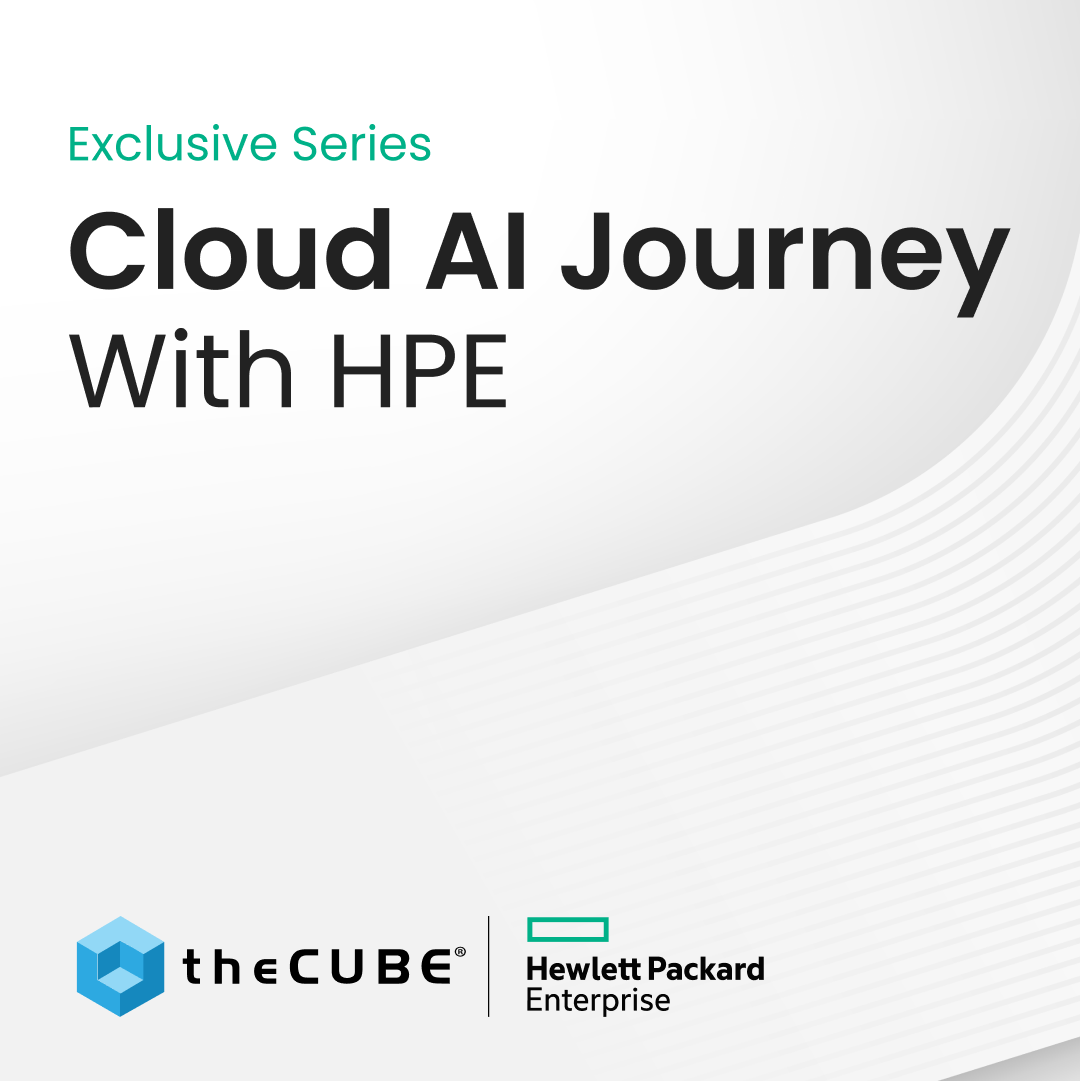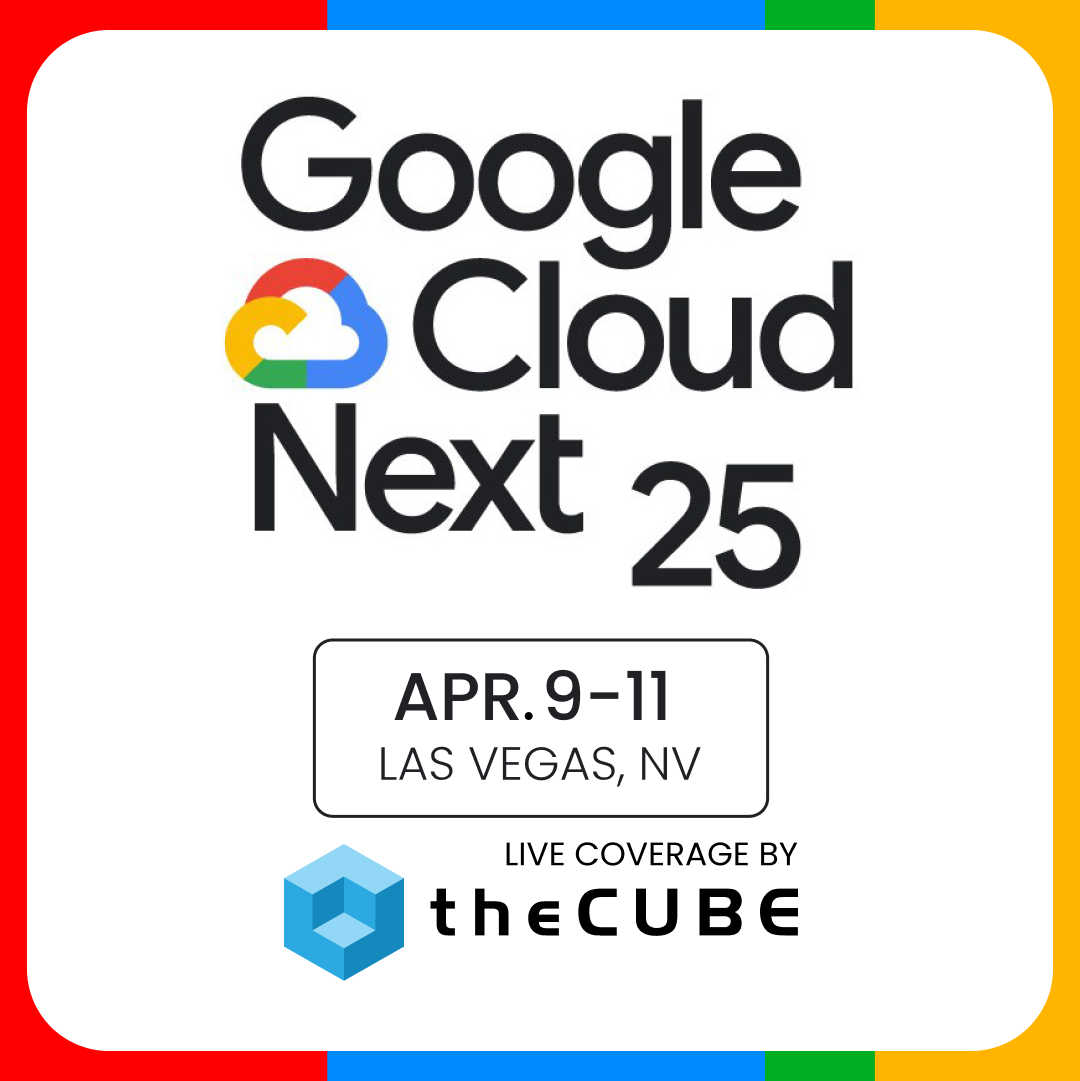Mobile Monday: Mobile App News for Week of November 16th
Millennial Media releases data for October mobile engagement
![]()
Millennial Media released its monthly SMART report about the engagement of mobile users with advertising supplied by the company.
The good news is that the average user session held steady at 4 minutes, 46 seconds after 3 straight months of decline. The average number of pages viewed per session did however drop from 109 to 106.
Here is the summary of the highlights for this month’s report:
Highlights from SMART:
- The U.S. Mobile Web: Grew to 1.1% to 64.8M users, according to Nielsen.
- Special Mobile App Snapshot Section, Provided by Mobclix: Apple surpassed Android and RIM in the number of monthly downloads. Android apps out-performed both Apple and RIM in the Game category. RIM topped the average app time at eight minutes.
- Engagement: Average user session time was 4:46 (min:sec) and average page views were 106, down from 109.
- New OS Report: The iPhone operating system was the top OS on our ad network, followed closely by RIM. Apple; however, was bumped back into the second spot behind Samsung, as the top manufacturer on our network. Feature phones represented 64% of impressions versus smartphones, which accounted for 36% of impressions on our network.
Reach:
The U.S. Mobile Web grew to 64.8M users. Millennial Media’s unique audience reach increased to 51.7M users, an industry-leading reach of 79.88% of U.S. Mobile internet users.
Special Section – Mobile App Snapshot – provided by Mobclix:
Apple dominated the number of total apps year-to-date through November 1, for a total of 115,000 combined apps in the Games, Entertainment, Books and Utility categories, according to Mobclix. Apple also led Android and RIM with the number of monthly downloads, with 100M apps per month. Android and RIM followed with 20M and 300K respectively. Average in-app CTR’s varied by app category — Android out-performed both Apple and RIM in the Game app category. RIM topped the average app time with eight minutes.
Engagement & Targeting:
Advertisers continued to see value in making their brand’s presence consistently available to their audience, with Traffic to Site representing 46% of the mobile campaign destinations. The two largest increases in the Campaign Targeting Mix were the Custom Subnet and Demographic targeting methods, indicating a potential trend towards refined targeting as an advertising goal in Q4. A new addition to our monthly SMART, the Application Download category, represented 29% of the Campaign Destination Mix in October.
Device & NEW Smartphone OS Highlights:
In October, we introduced a view into the U.S. Smartphone OS Mix. The iPhone OS was the largest OS in our network with a 33% share of impressions, followed closely by the number two, RIM OS, with 31%. These operating systems grant users access to custom branded applications. According to comScore’s U.S. Mobile Advisor report for September 2009, “The total number of app users in the U.S. has increased 42% year over year or has grown to 47M users from 33M users one year ago.” iPhone/iPod impressions alone increased in October by 4%, a consecutive monthly increase beginning in July.
The OS Mix contains a representative view of the device diversity available on Millennial Media’s network. Smartphones accounted for 36% of impressions on our network versus feature phones, which had 64% of impressions. Our network data is in line with Nielsen’s Q3 2009 report which indicated that smartphones will have “50% of the market by the middle of 2011.”
In the device lineup, Samsung regained its lead as the top device manufacturer, making up 23.48% of the impression share in October, moving Apple back to the number two spot with a slight decrease, representing 21.71% of impression share in October.
You can read the full report here.
![]()
Rough week for Android as developers begin to question its stability
While normally there is nothing but love being heaped on Google’s Android OS, there seems to have been a major shift in the general love fest this week.
Wired ran a report on how the success of Android is starting to work against it as it is becoming too difficult for developers to keep up with everything that is happening with the OS.
A slew of problems have made managing Android apps a “nightmare,” they say, including three versions of the OS (Android 1.5, 1.6 and 2.0), custom firmware on many phones, and hardware differences between different models.
[…]
“Instead of working on updates to our apps, we find we are trying to make each app work for multiple versions of the OS and different hardware capabilities,” says Chris Fagan, co-founder at Froogloid, an Android focused application development company. “We are not complaining about all the growth, but if you are a small or a new Android developer coming in and trying to learn I could see your head exploding. It would be overwhelming,” he says.
Then there is the problem with how the Android Marketplace is set up. Established Android developer Gameloft told Reuters that it has “significantly” cut back its investment in the the platform due to it only generating 13 percent of its revenue. According to Gameloft finance director Alexandre de Rochefort, the company is selling 400 percent more games on the iPhone, so that is where its money is going.
The problem appears to be that the store is not user friendly as the iTunes App Store. Of course, imagine what the Apple store could do if it was actually organized as opposed to just having giant catch-all categories!
![]()
AdMob launches video ads for mobile
AdMob is wasting no time spending that Google money from its recent acquisition.
To be fair, we are sure this was in the works before Google purchased the ad company, but the timing lent itself to the comment. Joking aside, AdMob announced this week that it was launching interactive video ad units for the iPhone and iPod Touch. There are two ways to deploy the ads as described by the AdMob announcement:
Advertisers can run Interactive Video Ads in one of two implementations: either auto-play or click-to-play. The auto-play implementation delivers a captive, engaged audience similar to video interstitials on the traditional PC web as they appear immediately upon app load. In the click-to-play implementation, users click a banner ad delivering them to the interactive video experience.
While I can see the desirability of auto-play to make sure you capture your audience, it is doubtful that users will take kindly to them, just as they don’t on traditional computers.
Either way you run them, the ads include actionable buttons that allow users to interact with the ads. This is especially useful on ads for applications as it will take them directly to the install page.
This was bound to happen, it was only a matter of time.
![]()
New research shows most mobile users are indifferent to ads
While new video ads may be exciting, are you sure users even care?
MediaPost reported this week on a new study from market research firm Parks Associates that 38 percent of U.S. mobile users don’t want to see any ads, 37 percent are neutral and 25 percent are open to them.
While those numbers aren’t exactly thrilling, what is more disturbing is that a mere 19 percent claimed to have any recall of the content of the ads they did see. The only encouraging news was the highly desirable demographic of 18 to 24-year-olds had the highest recall rate at 27 percent, but that still isn’t exactly an Earth shattering number.
The article is well worth reading as it breaks down a lot more statistics over how people consume ads, and which ones exactly appeal to them the most.
[Editor’s Note and Disclosure: Millennial Media is a sponsor of SiliconANGLE. –spa]
A message from John Furrier, co-founder of SiliconANGLE:
Your vote of support is important to us and it helps us keep the content FREE.
One click below supports our mission to provide free, deep, and relevant content.
Join our community on YouTube
Join the community that includes more than 15,000 #CubeAlumni experts, including Amazon.com CEO Andy Jassy, Dell Technologies founder and CEO Michael Dell, Intel CEO Pat Gelsinger, and many more luminaries and experts.
THANK YOU















